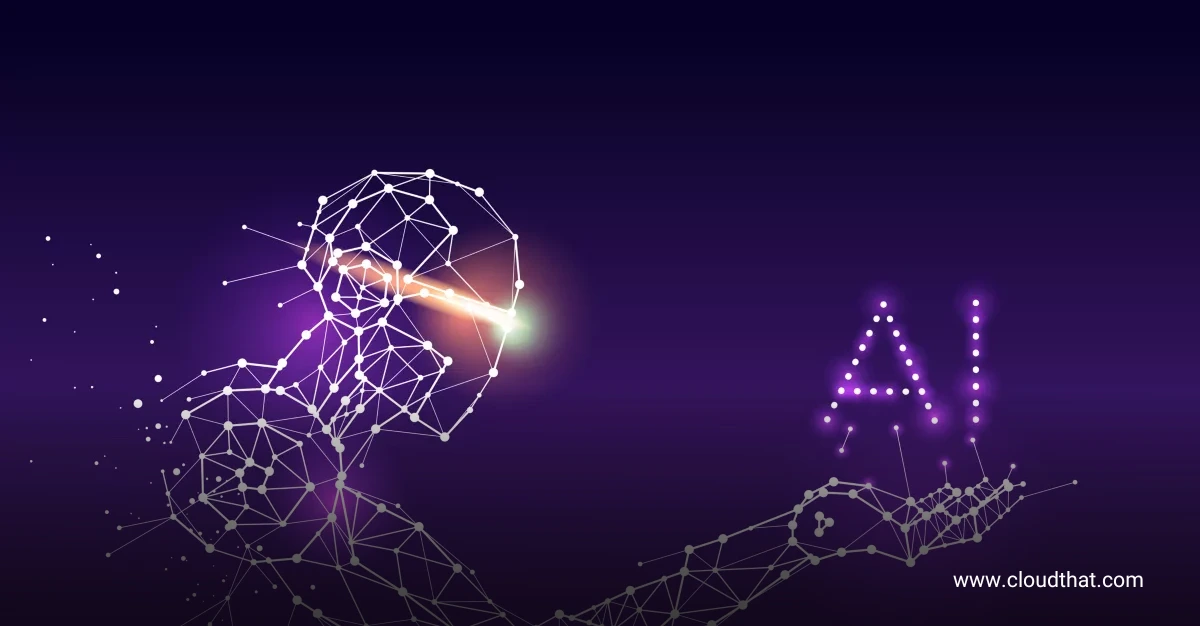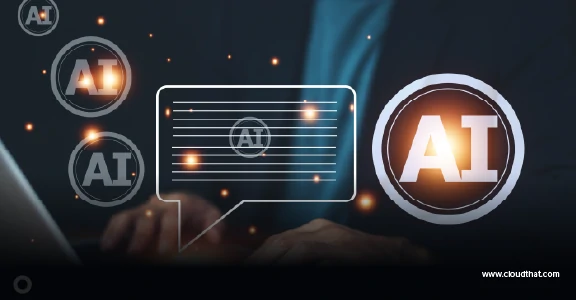|
Voiced by Amazon Polly |
Introduction
In the age of AI today, models are becoming larger and wiser, but so are the issues of getting them to perform for practical tasks in the real world. For most people and organizations, the potential of large language models (LLMs) frequently conflicts with the realities of expense, computational constraints, and data privacy issues. That is where effective fine-tuning methods, such as LoRA (Low-Rank Adaptation), QLoRA, and other parameter-efficient fine-tuning (PEFT) approaches come in.
These techniques allow us to teach large models new tricks without retraining them from scratch. Imagine training a pianist to play a new song without having to re-teach them how to play the piano, that is the beauty of efficient fine-tuning.
Pioneers in Cloud Consulting & Migration Services
- Reduced infrastructural costs
- Accelerated application deployment
The Challenge with Full Fine-tuning
Fine-tuning a pre-trained model means adjusting its internal weights to perform better on a specific task. Large models like GPT or BERT variants can involve billions of parameters.
Doing this:
- Requires massive computational power.
- Consumes a lot of energy and time.
- Risks of overfitting on small datasets
- Raises privacy issues since data must often be sent to powerful cloud machines.
This creates a significant barrier for smaller companies, individual researchers, and those with specific use cases that require personalization or domain-specific adaptation.
Parameter-Efficient Fine-tuning (PEFT)
PEFT techniques emerged to make fine-tuning more accessible, affordable, and sustainable. Rather than updating all model parameters, PEFT updates only a tiny fraction, adding new trainable components that adapt the model behaviour. This drastically reduces resource needs.
Let us explore two major innovations in this space: LoRA and QLoRA.
- LoRA: Low-Rank Adaptation
LoRA (introduced by Microsoft in 2021) builds on a simple yet powerful idea: instead of modifying the entire weight matrix of a neural network, insert a low-rank decomposition that learns task-specific changes.
Think of it as adding a flexible add-on to an existing tool, like a lens that changes the focus of a camera without changing its core.
- It freezes the original model weights.
- Introduces new trainable matrices (A and B) that are much smaller.
- During inference, combine these to simulate updated behaviour.
Why LoRA matters:
- Drastically fewer trainable parameters (as low as 0.1% of the full model)
- Reduced memory usage
- Faster training times
- Easy to plug into existing architectures.
For example, fine-tuning a 65 B-parameter model with LoRA might only require updating twenty million parameters.
- QLoRA: The Quantized Companion
QLoRA is a LoRA evolution that was developed to push efficiency even further. It introduces quantization, which means storing and computing model weights in lower precision, typically 4-bit integers, instead of standard 16- or 32-bit floats.
While quantization itself is not new, QLoRA makes it practical by:
- Using 4-bit quantized models during fine-tuning, not just inference
- Applying LoRA adapters on top of this reduced-precision model
- Using optimized memory-efficient backpropagation techniques
This innovation means you can fine-tune massive models on a single GPU (like an NVIDIA A100) without blowing your budget.
QLoRA’s impact:
- Maintains high performance while slashing memory usage.
- Makes LLM customization accessible even to smaller research labs or startups.
- Reduces environmental impact from training large models.

Source: medium.com/
Fig: QLoRA improves over LoRA by quantizing the transformer model to 4-bit precision and using paged optimizers to handle memory spikes.
The Human Side of Efficient Fine-tuning
Beyond the technical wins, these methods democratize AI.
For healthcare providers, it means they can fine-tune a language model to understand medical jargon without shipping sensitive patient data to the cloud.
For an educator, it means crafting a personalized tutoring assistant that adapts to students’ learning styles on affordable hardware.
For small businesses, it opens the door to LLMs tailored to niche domains like real estate, law, or regional languages, without competing against tech giants for compute power.
And for the everyday developer or hobbyist? It means tinkering with advanced models in a local environment, driven by curiosity and passion rather than enterprise-scale infrastructure.
Final Thoughts
Whether you are building for patients, students, clients, or communities, efficient fine-tuning allows you to bring AI closer to human needs, without the heavy baggage.
In the end, the real power of AI is not in the size of its models, but in how easily we can make them work for us.
Drop a query if you have any questions regarding LoRA and QLoRA and we will get back to you quickly.
Empowering organizations to become ‘data driven’ enterprises with our Cloud experts.
- Reduced infrastructure costs
- Timely data-driven decisions
About CloudThat
CloudThat is an award-winning company and the first in India to offer cloud training and consulting services worldwide. As a Microsoft Solutions Partner, AWS Advanced Tier Training Partner, and Google Cloud Platform Partner, CloudThat has empowered over 850,000 professionals through 600+ cloud certifications winning global recognition for its training excellence including 20 MCT Trainers in Microsoft’s Global Top 100 and an impressive 12 awards in the last 8 years. CloudThat specializes in Cloud Migration, Data Platforms, DevOps, IoT, and cutting-edge technologies like Gen AI & AI/ML. It has delivered over 500 consulting projects for 250+ organizations in 30+ countries as it continues to empower professionals and enterprises to thrive in the digital-first world.
FAQs
1. What is fine-tuning in machine learning?
ANS: – Fine-tuning is adapting a pre-trained model to a specific task or dataset by updating some or all of its parameters. It allows the model to retain general knowledge while learning task-specific patterns.
2. How is parameter-efficient fine-tuning different from full fine-tuning?
ANS: – Parameter-efficient fine-tuning (like LoRA or QLoRA) updates only a small subset of the model’s parameters, reducing memory, compute costs, and training time compared to full fine-tuning.
3. When should I use LoRA or QLoRA instead of full fine-tuning?
ANS: – Use LoRA or QLoRA when collaborating with large models, limited hardware, or small datasets. They are ideal for quick, cost-effective customization without retraining the entire model.

WRITTEN BY Babu Kulkarni
Babu Venkatesh works as a Research Associate at CloudThat, with a strong interest in AI, data science, and cloud technologies. He enjoys exploring new technologies and solving real-world problems. In his free time, he works on diverse projects and stays updated with the latest tech trends.


 Login
Login


 May 21, 2025
May 21, 2025 PREV
PREV










Comments